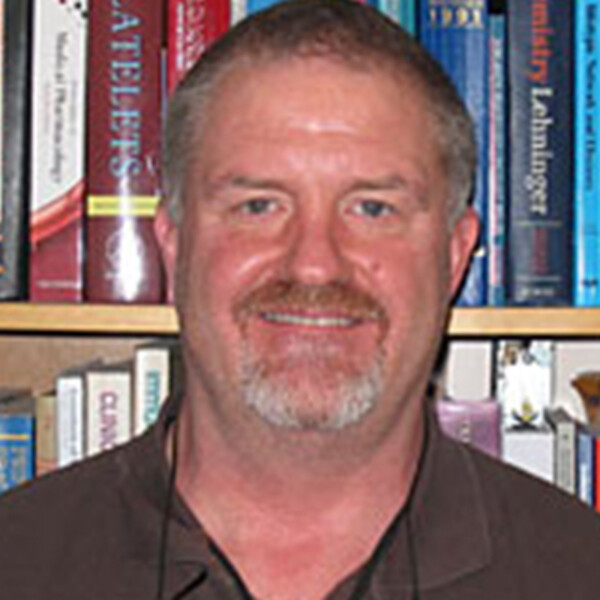Main Second Level Navigation
John Wesley Semple
PhD

Professional Memberships
- American and European Societies of Hematology
Dr Semple is a Senior Scientist and Head of Transfusion Medicine Research at the Keenan Research Centre for Biomedical Sciences in St. Michael’s Hospital.
He is also a Professor in the Departments of Pharmacology, Medicine and Laboratory Medicine and Pathobiology at the University of Toronto and an Adjunct Scientist with Canadian Blood Services.
Professor Semple obtained his PhD in Immunology from Queen’s University, Kingston, Canada. The recipient of a number of awards, his research interests include, among others, animal models of platelet immunity related to ITP, platelet-bacteria interactions and Transfusion Related Acute Lung Injury (TRALI).
Professor Semple is a member of several organisations, including the American and European Societies of Hematology, and has delivered over 120 presentations at international meetings.
He has served as a reviewer for numerous journals and has authored more than a 100 peer-reviewed manuscripts in the area of platelet and transfusion immunology.
He is a full member of graduate studies in the departments of Pharmacology, Medicine and Laboratory Medicine and Pathobiology and has an active research program for training graduate students and post-doctoral fellows.
Research Synopsis
My research is aimed at understanding the cellular and molecular immune mechanisms responsible for the generation of IgG antibodies and T cells that recognize platelet antigens.
These effector responses can lead to clinically significant adverse effects such as autoimmunity causing immune thrombocytopenia (ITP) and alloimmunity causing platelet transfusion refractoriness.
In ITP, we are interested in how platelet antigens are processed and presented by antigen-presenting cells to activate T lymphocytes.
In platelet refractoriness, we study the pro-inflammatory nature of platelets responsible for adverse reactions during platelet transfusions, particularly how platelet Toll-like receptor expression modulates innate immune mechanisms.
We also study the recipient immune mechanisms that cause Transfusion Related Acute Lung Injury (TRALI), a serious complication of transfusion.
We are also interested in understanding how therapies such as intravenous gammaglobulin (IVIg), Rituxan and Thrombopoietin-mimetics increase platelet counts in immune thrombocytopenic disorders.
Recent Publications
McKenzie CGJ et al. Peripheral blood monocyte-derived chemokine blockade prevents murine antibody-mediated transfusion related acute lung injury (TRALI). Blood. 2014. published ahead of print March 17, 2014, doi:10.1182/blood-2013-11-536755.
Guo L et al. Allogeneic platelet transfusions prevent murine T cell-mediated immune thrombocytopenia (ITP). Blood. 123(3):422-427, 2014.
McKenzie CGJ et al. Cellular Immune Dysfunction in Immune thrombocytopenia (ITP). Brit J Haematol. 163(1):10-23, 2013.
Semple JW et al. The immunopathogenesis of immune thrombocytopenia: T cells still take center-stage Curr Opinion Haematol. 19:357–362,2012.
Semple JW et al. Intravenous immunoglobulin (IVIg) therapy prevents murine antibody-mediated Transfusion Related Acute Lung Injury (TRALI) at the level of neutrophil activation. PLoS One. 7(2):e31357, 2012.
Aslam R et al. Thymic Retention of CD4+CD25+FoxP3+ T regulatory cells is associated with their peripheral deficiency and thrombocytopenia in a murine model of immune thrombocytopenia (ITP). Blood. 120(10):2127-2132, 2012.
Semple JW et al. Platelets and the immune continuum. Nat Rev Immunol. 11(4):264-274, 2011.
Fung YL et al. Recipient T lymphocytes modulate the severity of antibody-mediated transfusion-related acute lung injury (TRALI). Blood 116(16):3073-3079, 2010.
Chow L et al. A novel mouse model demonstrating both antibody- and T cell-mediated thrombocytopenia: Differential response to IVIG. Blood. 115(6):1247-1253, 2010.
